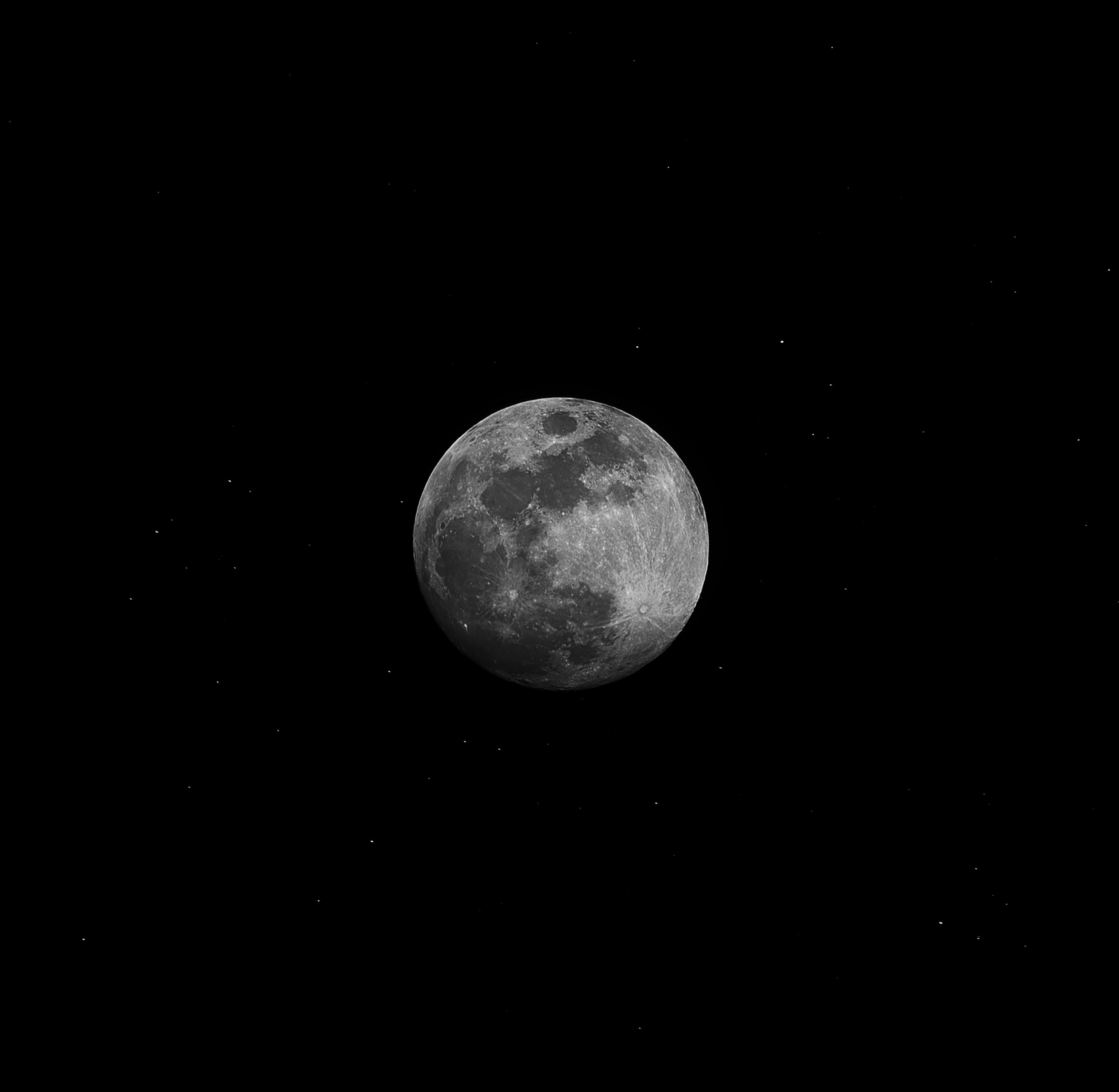The Symbols of the Moon: Unveiling the Mysteries of Lunar Significance
The moon has been a source of fascination for humanity throughout history. Its mystical glow and enigmatic nature have inspired countless myths, artworks, and cultural traditions. As the only natural satellite of the Earth, the moon holds a special place in our collective consciousness. In this blog post, we will explore the symbols associated with the moon and delve into their meanings and significance.
The Moon: A Universal Symbol
Across diverse cultures and civilizations, the moon has been revered as a powerful symbol representing various aspects of life, nature, and the cosmos. Its ever-changing phases, from the radiant full moon to the dark new moon, have captivated human imagination and led to the creation of rich symbolism.
The Lunar Cycle
The lunar cycle, consisting of eight distinct phases, has symbolic significance across cultures:
- The New Moon: In its crescent form, the new moon represents new beginnings, fresh starts, and the potential for growth.
- The Waxing Crescent: The appearance of a slender crescent symbolizes intention-setting, manifestation, and the initial stages of growth.
- The First Quarter Moon: Also known as the half-moon, this phase represents decision-making, balance, and taking action.
- The Waxing Gibbous: As the moon grows towards fullness, it signifies positive momentum, abundance, and progress.
- The Full Moon: A symbol of illumination, completeness, and the peak of power, the full moon has long held spiritual and ritualistic significance.
- The Waning Gibbous: As the moon begins to wane, it signifies the completion of a cycle, releasing what no longer serves, and introspection.
- The Last Quarter Moon: This phase invites reflection, evaluation, and tying up loose ends before embarking on a new chapter.
- The Waning Crescent: In its diminishing crescent form, the waning moon represents surrender, letting go, and rest before the next cycle.
The moon’s phases offer a profound metaphor for the ebb and flow of life, personal growth, and transformation. They remind us that change is inevitable and encourage us to embrace the cyclical nature of existence.
Symbols of the Moon in History and Mythology
Since ancient times, the moon has been associated with myriad gods, goddesses, and mythological figures. Let’s explore some of these prominent lunar symbols:
Selene and Luna
In Greek and Roman mythology, Selene and Luna were goddesses of the moon, respectively. Selene was associated with the full moon and represented light, femininity, and magic. Luna, similarly associated with the moon’s radiance, embodied the complementary notion of lunacy, madness, and the subconscious.
Hecate
Hecate, a Greek goddess often depicted holding two torches, was associated with the dark side of the moon. She represented lunar mysteries, witchcraft, and crossroads. Hecate was believed to guide souls through transitions and symbolized the transformative power hidden within darkness.
Yue-Lao
In Chinese folklore, Yue-Lao, also known as the “old man under the moon,” was a deity responsible for love and marriage. According to legend, Yue-Lao tied a red string around the ankles of destined lovers, ensuring their paths would cross and they would unite in matrimony.
Thoth
In Egyptian mythology, Thoth was closely associated with the moon and known as the god of wisdom, writing, and magic. Often depicted with the head of an ibis or baboon, Thoth represented the lunar cycle’s intellectual and mystical aspects.
Symbolism of Moon Phases in Modern Culture
The moon’s symbolic significance continues to permeate various aspects of modern culture and everyday life. Let’s explore how moon phases are interpreted in the present day:
Astrology and Horoscopes
In astrology, the moon represents emotions, intuition, and the feminine energy within us. Each zodiac sign’s moon phase at the time of birth is believed to influence an individual’s emotional nature, nurturing style, and general disposition.
Spirituality and Rituals
Many spiritual practices incorporate the moon’s energy into rituals, ceremonies, and meditations. Aligning with specific moon phases, such as setting intentions during the new moon or releasing negativity during the waning moon, is believed to enhance the efficacy of these practices.
Literature and Art
The moon’s symbolism frequently finds expression in literature, poetry, and visual arts. Its romantic and ethereal qualities often serve as metaphors for beauty, mystery, and the transient nature of human existence. Countless poems, novels, and paintings draw inspiration from the moon’s alluring imagery.
Conclusion
The moon’s symbolism is as vast as the cosmos itself. From its association with the lunar cycle’s transformative power to its depiction in ancient mythologies and its continued relevance in contemporary culture, the moon remains an enduring source of fascination and inspiration. Its symbols invite us to connect with the rhythms of nature, explore our inner landscapes, and contemplate the ever-changing tapestry of life illuminated by its enchanting glow.
Table of Contents
